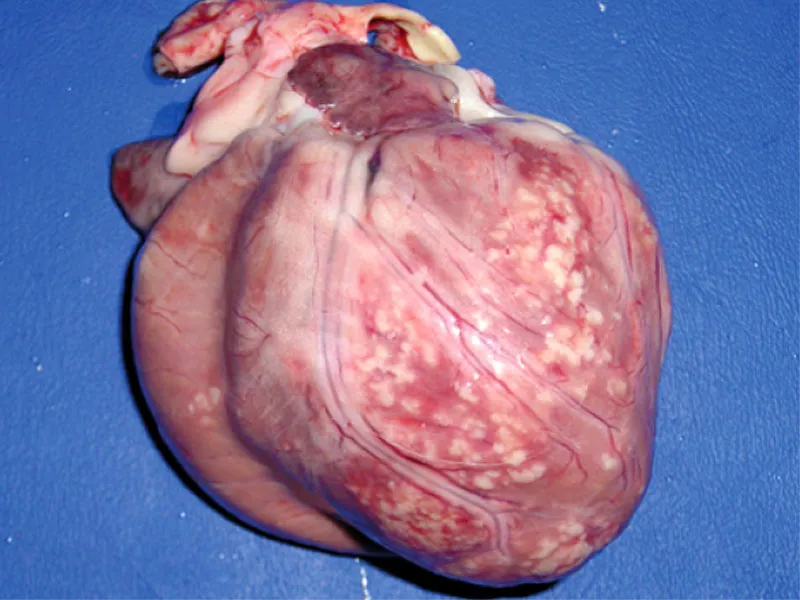Apoptosis detection in embryonic chicken lymphoid tissues infected with attenuated very virulent infectious bursal disease virus (vvIBDV)
DOI:
https://doi.org/10.24070/bjvp.1983-0246.002013Keywords:
IBDV, activated caspase-3, apoptosisAbstract
We exposed chicken embryos at embryonating day (ED18) to a cell-adapted very virulent strain of IBDV (ca- vvIBDV) and original vvIBDV and examined the apoptosis from infected bursa of Fabricius (BF) and thymus organs. Following ca-vvIBDV exposure, embryonic bursa showed mild cellular destruction, lower rate of apoptosis and presence of viral proteins detectable by immunohistochemistry. In contrary, original vvIBDV exposed embryos had an enhanced detectable changes in the bursa associated to an increase apoptotic events, and most of the times, total destruction of BF follicles. In thymus, viral antigen was detectable until after hatch. Positives cell signals to activated caspase-3 were intensively detect in embryos lymphoid tissues exposed to original vvIBDV observed in BF and less in thymus. No immunoreactive thymocytes were visualized in embryos exposed to ca-vvIBDV. Apoptosis changes, such as chromatin condensation, DNA fragmentation, and the appearance of apoptotic nuclear bodies, were observed in both organs. TUNEL- detected DNA was more intense in original vvIBDV infected lymphoid cells, and less apoptotic cells were detectable in attenuated strain. By sequencing analysis, the attenuation presented amino acid changes at position 222 (A→P), 256 (I→V) and 279 (D→N). One serine in the serine-rich heptapeptide (position 333) was substituted into other amino acid which is similar to the IBDV vaccine strain. Taken together our results indicate that virus attenuation interferes with caspase-3 apoptotic pathway and may play an important role in switch viral pathogenesis.


